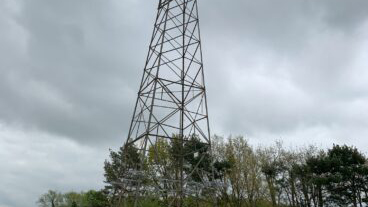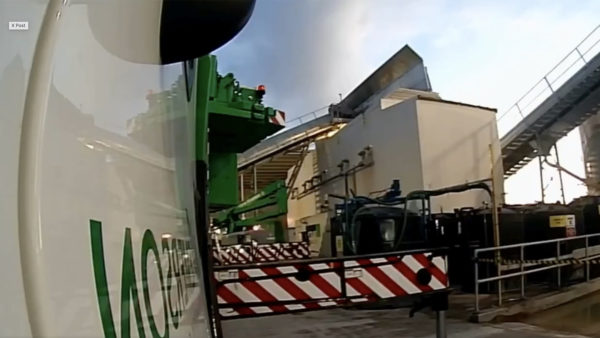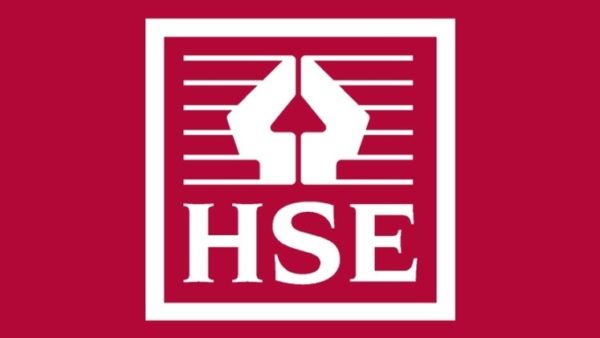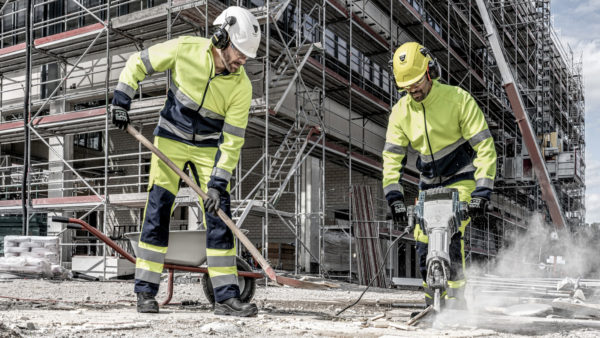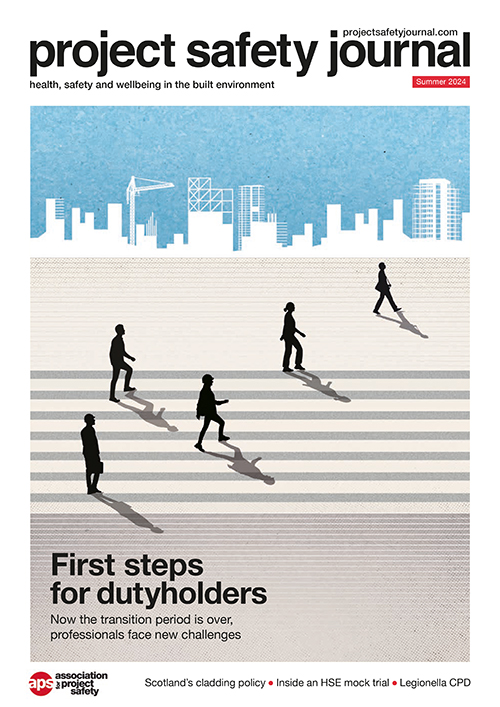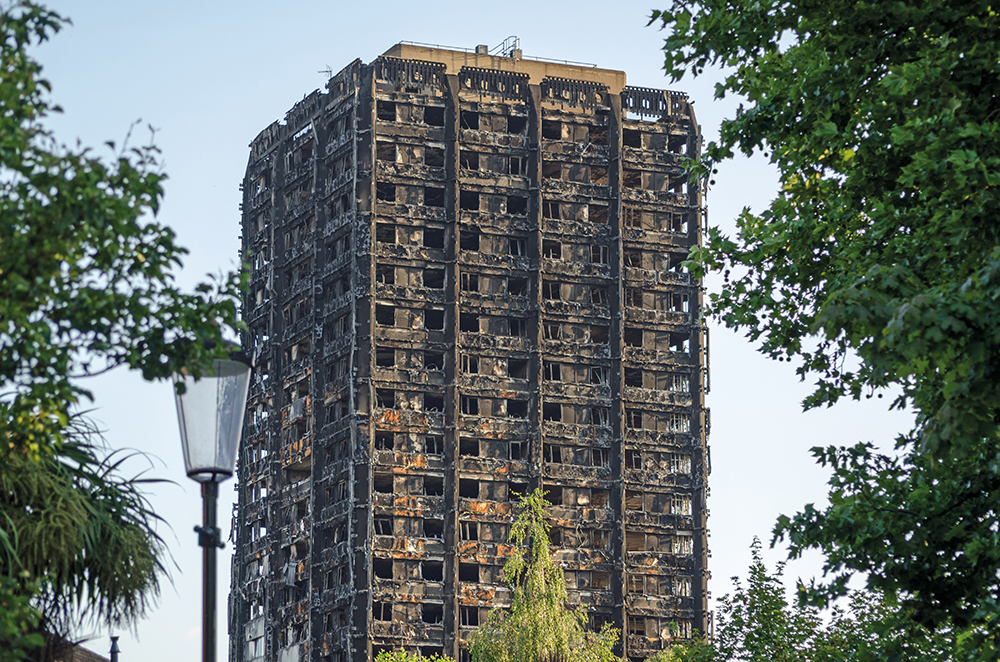
Association welcomes objectives of Building Safety Bill but raises concerns over fragmented principal designer responsibilities.
The objectives of the Building Safety Bill should be supported but it is “a missed opportunity to slot all the safety pieces together”.
That was the message from the Association for Project Safety (APS) as the Bill began its passage through parliament earlier in the summer.
Jonathan Moulam, president of the APS, said: “The association is pleased there is a better sense that responsibility for safety is expressly handed on from dutyholder to duty-holder throughout the lifespan of any project but the narrow focus on height, spread of fire and structural safety risks losing a sense of the whole picture by concentrating on individual pieces.
“It is right that responsibility for building safety must be clear at all times, but complex projects need teams and joined-up working to deliver safety.”
Moulam argues that putting the legal burden for safety on the shoulders of individual named dutyholders means insurance costs will soar and many projects “may not get off the ground”.
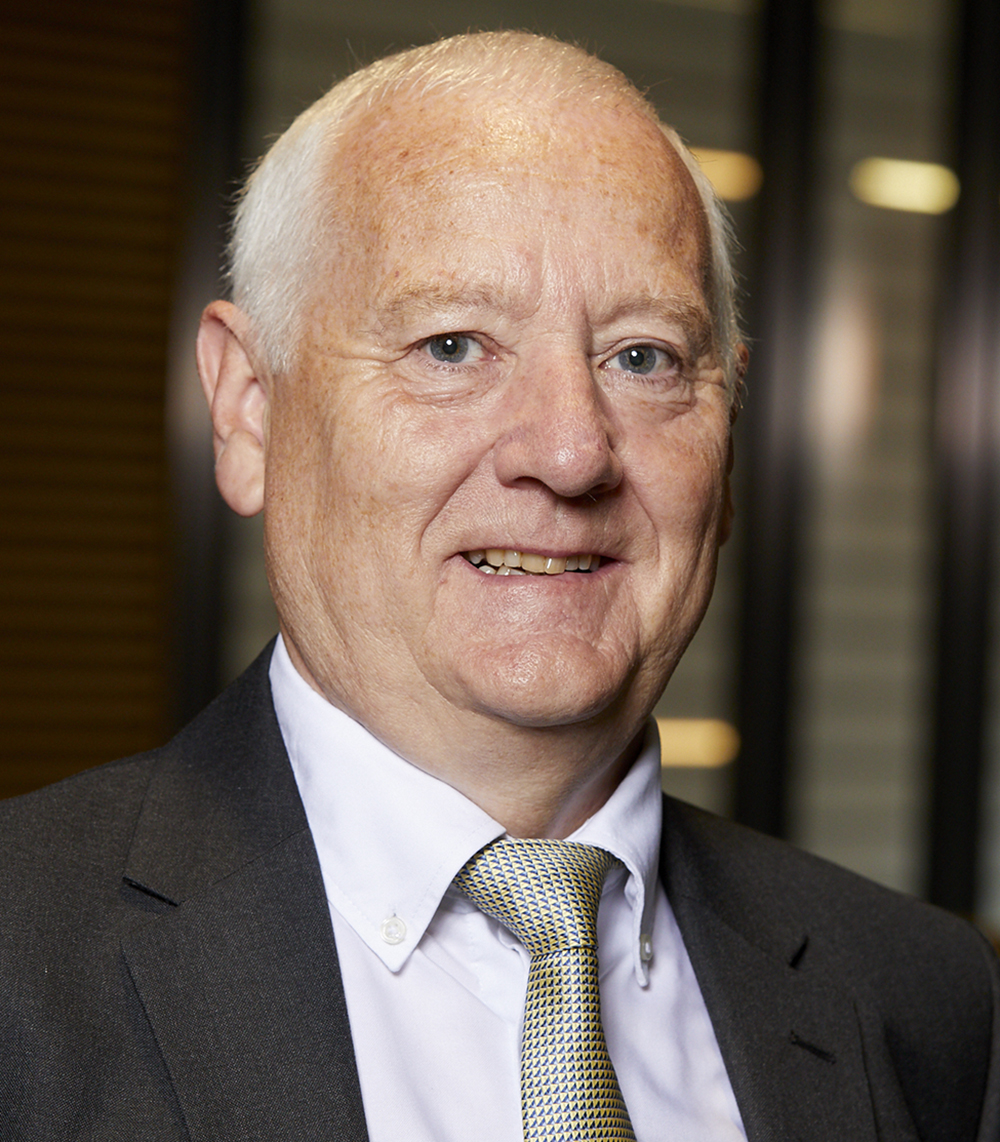
“A principal contractor (PC) has a health and safety manager who coordinates all the risks associated with different specialist contractor packages. Why should it be any different for design?”
The APS was also critical of the “decoupling” of the principal designer (PD) roles, which effectively creates two types of principal designer – one for health and safety and another responsible for adherence to the regulations – noting there is no requirement in the Bill for either to consult with the other.
Mark Snelling, chair of the APS Regulation and Policy Committee and managing director of Safetymark Consultancy Services, warned there may be limited appetite in the industry for the PD roles, with only those tolerant to risk willing to accept appointments.
“The ideal situation would be one organisation acting as a ‘combined PD’ on projects, taking on responsibility for both PD roles, but I fear that many design consultancies will not want to do that,” he said.
“So the likely reality is two different organisations will have responsibility for the two roles. But the draft regulations include no mechanism for them to work together. The two PDs are governed by different legislation.”
Both Snelling and Moulam believe the Bill should make health and safety design risk management a collective rather than an individual responsibility.
“A principal contractor (PC) has a health and safety manager who coordinates all the risks associated with different specialist contractor packages,” said Moulam. “Why should it be any different for design? There needs to be a lead designer who brings together all the design packages for M&E, structural, civils and so on. In many respects, that’s what the current PD role should be doing: ensuring that coordination occurs across the whole design team.
“For me, the Bill’s drive to individualise is the wrong approach. The draft regulations require individuals to be named as PDs on projects and I don’t think on complex projects that will be possible.”
While the Bill puts heavy responsibility on clients, PCs, PDs and accountable persons – who in many cases will be residents management companies whose ‘lay directors’ are volunteers who own a flat in the building. Conversely, the new professional ‘building safety manager’ dutyholder – created by the Bill – has no legally binding duties. “There appear to be no offences for which they can be prosecuted,” said Moulam.
The APS president feels the Bill has missed the opportunity to “embed health and safety best practice into projects from day one”.
“There is no requirement for the early appointment of a health and safety design professional, no requirement for the principal designer to sign off the project at gateway one,” he said. “And it is in the early, preconstruction phases of projects that the design safety risk issues need addressing.”
Five positives from the Bill…
- Principle of the ‘golden thread’ handing over specific responsibility for safety information throughout the life cycle of a building.
- Greater statutory right for residents and flat leaseholders to be involved.
- Creation of the Building Safety Regulator and formation of HSE Competence Committee.
- Emphasis on approving and specifying the materials to be used in any project.
- Focus on improving the clarity of documentation, particularly the Safety Case Report.
… and five negatives
- Emphasis on individuals – rather than corporates – will put PI insurance beyond the reach of many design safety professionals.
- Reduced emphasis on team working and collective responsibility.
- Narrow focus on height, spread of fire and structural safety on in-scope buildings with less attention to wider project risks.
- Decoupling the principal designer role on all projects to which the building regulations apply – with two types of PD – risks causing confusion.
- ‘Lay’ directors of residents’ management companies and right-to-manage companies, with no professional background or competence, could be criminalised in the event of a disaster.





